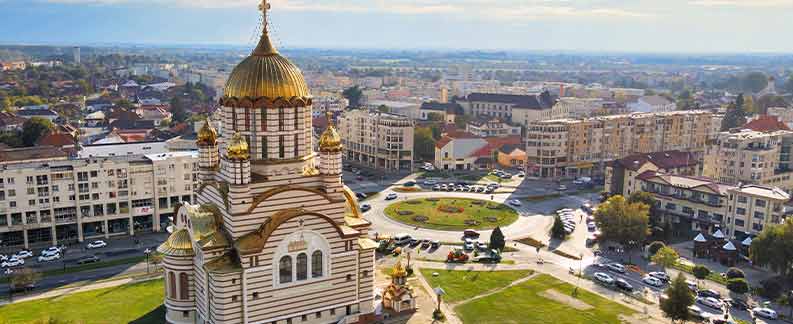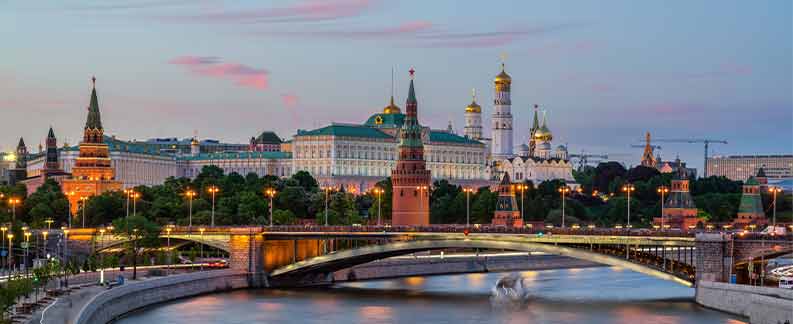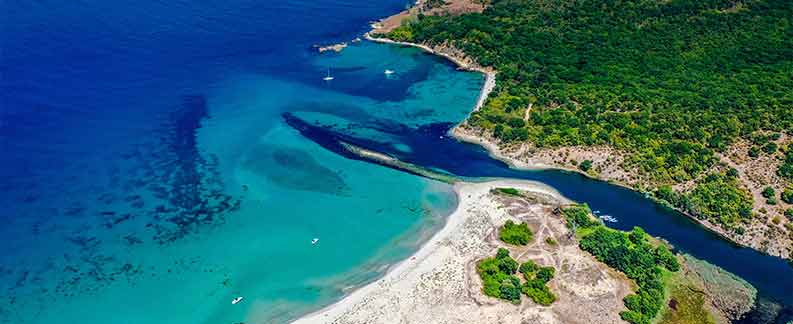Bulgaria Program
Drive to Koprivshtitsa. Koprivshtitsa a charming historic town and architectural reserve situated at 1030
m. a. s. l. in Sredna Gora mountains. It was one of the main centres of the heroic April Uprising against the Turks in 1876 and is also known for its authentic Bulgarian National Revival architecture of the 18-th and 19-th century and for its folklore festivals, making it a very popular tourist destination. It has lovely ensemble of half-timbered houses painted in bright colours with wooden verandas, bay-windows, pavilions and other features typical of 18-th -19th century Bulgarian architecture. The collections of ethnographical treasures, old weapons, National Revival works of art, fine fretwork, household weaves and embroidery, national costumes and typical Bulgarian jewellery are preserved in a few impressive house-museums. Walking along the cobbled stone streets, weaving through an authentic atmosphere from the 19-th century one can feel the spirit of the heroic past of this remarkable town.
Enjoy the scenic route of the Beklemeto Pass, which crosses the majestic Balkan mountain and connects northern and southern Bulgaria.
Visit to one of the most important monasteries, located in the heart of the country. The Troyan Monastery is the third largest monastery in Bulgaria after Rila monastery and Bachkovo monastery. It’s belongs to the places that enlightened the national spirit and faith during dark times .The story tells that a monk from Aton in Greece transported the holy icon and when they reached Troyan ,the donkey that carried the icon ,stubbornly stopped and refused to move .So they founded the monastery in that place.
Transfer to Veliko Tarnovo. Overnight stay in Veliko Tarnovo.

In the morning sightseeing tour of Veliko Tarnovo. The town became capital, political, administrative, religious and cultural center of the restored Bulgarian state in 1186 after two-century Byzantine rule. It has been described as “God’s preserved town”, “The Great Tarnov”, “The queen of the towns”. The tour will teleport you back in time, make you a spectator of the rise and fall of the mighty capital of the Second Bulgarian kingdom (12-14 century). By walking on the Tsarevets hill, you will follow in the footsteps of proud knights and brave kings and immerse yourself in the grandeur of medieval Bulgaria.
Drive further to the east to visit the Madara Rider – a mysterious bas relief carved into the rocks at the beginning of 8-th century at a height of 25 meters (UNESCO list). It represents a figure of a knight triumphing over a lion. The Madara Rider is a unique relief and exceptional work of art and the only relief of its kind having no parallel in Europe. The relief has survived in its authentic state with no alternation in the past or the present. It is an incredible place which re-charges the visitors.
Drive further east to the Black Sea coast. Stop over at the natural phenomenon named The Stone Forest. Thousands of years the nature has carved stone pieces in order to turn them into impressive stone columns between 5 and 7 meters high. It is a natural stone formation but somehow looks like the ruin of an old city some of the pillars really look man made. This is a very unusual place with energetic power. For those who love wonders of nature this is one of them. Transfer to Varna. Overnight stay in Varna.

Sightseeing tour of Varna – one of the most attractive cities in Bulgaria founded as a trade colony by Miletian Greeks in 570 BC in a basement of a Thracian settlement. Sightseeing includes visit to the Archeological Museum and Assumption Cathedral. The Archeological Museum displays fine collections from prehistory to antiquity as well as exhibits from the classical period of Bulgaria and medieval Slavic kingdoms. The museum does give a rounded picture of Bulgarian history. It is an excellent reminder of the crossroads of civilization that Varna and Bulgaria in general are to the world. The highlight of the museum are the artefacts from Varna necropolis which is the oldest known manmade golden objects ever found in the world.
Transfer to Nessebar. Nessebur is situated on a small and rocky peninsula. The city is an open historical book of Bulgaria. Every corner reveals a page with a different era and sights. More than 3,000 years gathered on this exciting piece of land. The town strikes with its original architecture of stone and wood and the ruins of 40 churches from various ages. It is a great little place with cobbled streets, included in UNESCO list. Overnight stay in Nessebar.

Transfer to Kazanlak. Arrive at Valley of the Thracian Kings. Over the past decades this region became one of the most popular tourist destinations in Bulgaria with thousands of visitors from all over the world coming to see the numerous Thracian tombs discovered in the area. One of the most important cultural treasure is the UNESCO listed Kazanlak tomb (4 -th century B.C). Murals in the tomb are the best preserved artistic masterpieces of Thracian art of the early Hellenistic period depicting the life of a buried Thracian noble and his wife. Visit the tomb (copy).
Bulgaria is one of the biggest rose oil producers and the town of Kazanlak is where the biggest roses plantations and the main rose facilities are located. The rose is one of the symbols of Bulgaria and attracts visitors from all over the world. Visit to a local rose distillery.
Transfer to Plovdiv and visit the Great Basillica. The Bishop's Basilica of Plovdiv was discovered many decades ago, but it was only a few years ago that it was exposed and opened to visitors. Breath taking mosaics are presented on two levels, which witnessed the cultural and spiritual flourishing of the ancient city of Philippopolis. Overnight stay in Plovdiv.

Transfer to Rila Monastery - Bulgaria’s largest and most beautiful monastery and one of the oldest in Europe. It is set amongst picturesque Rila mountain. The cloister is a spectacular UNESCO World Heritage site and the most visited tourist place in Bulgaria by both foreign and local tourists. Behind its 20- metre high walls lie impressive monastic buildings, a church and a chapel with remarkable wall paintings. Founded in the 10th century by John of Rila (Ivan Rilski), a hermit and mystic who was canonized as a saint after his death, the monastery was destroyed and rebuilt several times in the next centuries. The monastery was built as it stands now by Bulgarian master builders between 1816 and 1847. The exquisite architectural ensemble impresses with its size and skilful combination of stone and wood. Frescoes painted on the walls are breath taking and the decoration of the exterior ceilings incredibly well preserved and highly detailed. Its beauty is awe-inspiring. The monastery is ringed by mighty walls, giving it the outward appearance of a fortress. Transfer to Sofia. Overnight stay in Sofia.

Rila National Park is one of the three national parks of Bulgaria and covers a large part of the highest mountain in the Balkans - Rila. A pleasant drive from Sofia brings you to a open lift. The lift takes you up to the hut named “Rila lakes” where the actual hike begins. First you climb a rather steep slope to reach a plateau from where you already see three of the seven lakes. Walking along the plateau takes you to the Kidney-lake. If you do not feel like going further you can remain here and enjoy or go further to the Eye or to the Tear. The views are so picturesque that they leave you breathless and speechless. Overnight stay in Sofia.

Copyright © 2016 - 2023, Trinetra Tours Pvt Ltd. Powered By DigiLantern

